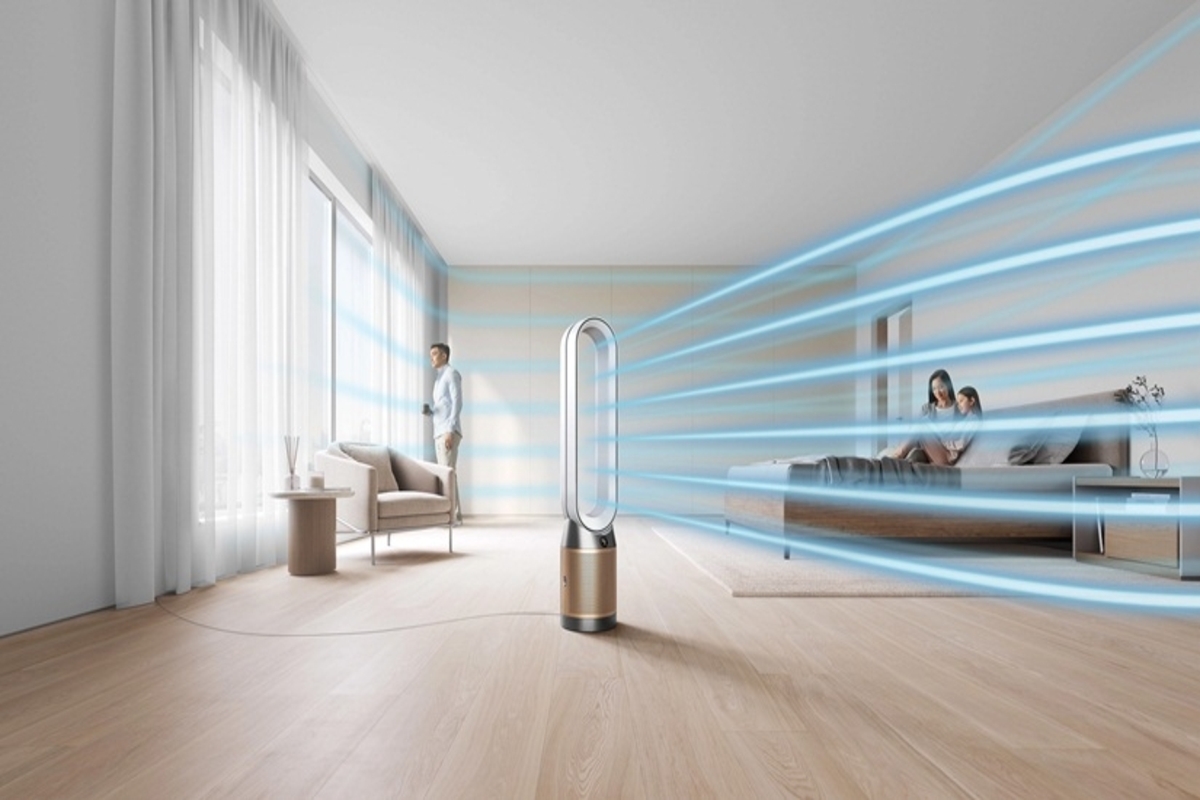Eighth Delhi Assembly Session extended by two days
The first session of the Eighth Delhi Assembly has been extended until March 3 to complete pending legislative work.
Muzaffar Izamuddin, Design Manager, Environmental Care at Dyson, explains the seasonal change in air quality, the relevance of AQI, and tips to maintain a healthy environment at home.

How air quality changes throughout the year?.(photo:IANSLIFE)
If you’re living in Delhi, you’re already aware that the air quality is harmful to your health. But just how harmful is it and is it the same throughout the year? Muzaffar Izamuddin, Design Manager, Environmental Care at Dyson, explains the seasonal change in air quality, the relevance of AQI, and tips to maintain a healthy environment at home:
Summer
Advertisement
Summer is a popular time for home renovations, but the colorless gas formaldehyde can be released from certain types of furniture, insulating materials, paints, and varnishes. Some air conditioners remove humidity from the air as a natural byproduct of cooling, affecting home comfort. Increasing heat and increased vehicle emissions accelerate ozone buildup in the summer, potentially violating ozone standards.
Advertisement
Autumn
We spend more time indoors due to the cold weather and short days. Because modern homes are well-sealed, indoor pollutants from activities such as cooking and cleaning can accumulate. Autumn also gives rise to the ragweed plant, which can produce up to 1 billion pollen grains per day, easily attaching to things like hair, shoes, and clothing and potentially causing seasonal allergies. Autumn allergens, dust mites, and wildfire smoke are all serious concerns for air quality that affect everyone3.
Winter
In the colder months, cold air can become trapped beneath warm air, a process known as temperature inversion. The warm air above the cooler air acts as a lid, suppressing vertical air mixing, allowing emitted pollutants to become trapped near the ground and contributing to poor air quality. Seasonal temperature drops, smoke from stubble burning, Diwali firecrackers and festive cooking, and driving rather than walking due to colder weather increase exposure levels and trap pollution throughout India. Central heating and cooling can reduce the amount of moisture in the air, lowering humidity levels and affecting indoor comfort and wellbeing4.
Spring
Pollen particles from trees and grass can travel for miles, adhering to clothing and hair and causing allergies. Fine sand or dry soil particles are blown up into the sky by spring winds in some areas and spread through the atmosphere before falling to the ground. In India, approximately 20-30 percent of the population suffers from allergic rhinitis, and approximately 15 percent develop asthma. Pollen is a major outdoor allergen that causes allergic rhinitis, asthma, and atopic dermatitis in humans.
What can you do to improve indoor air quality exposure?
Fortunately, there are several steps you can take to improve your personal air quality exposure. Reducing pollution sources in your home, such as aerosol sprays and candles, is a good place to start, as is changing your routine to include fewer polluting activities. When cooking with oil for frying, use adequate ventilation, a purifier, or open a window if the outdoor air pollution is suitable, but be cautious of allowing fresh air in as it may serve as an entryway for outdoor pollutants.
Another way to control the quality of your indoor air is to use a purifier. Dyson’s latest machine provides full-machine HEPA filtration, ensuring that what goes inside stays inside, as well as formaldehyde sensing, hygienic humidification, and cooling airflow, ensuring that air quality in your home is maintained all year.
Advertisement